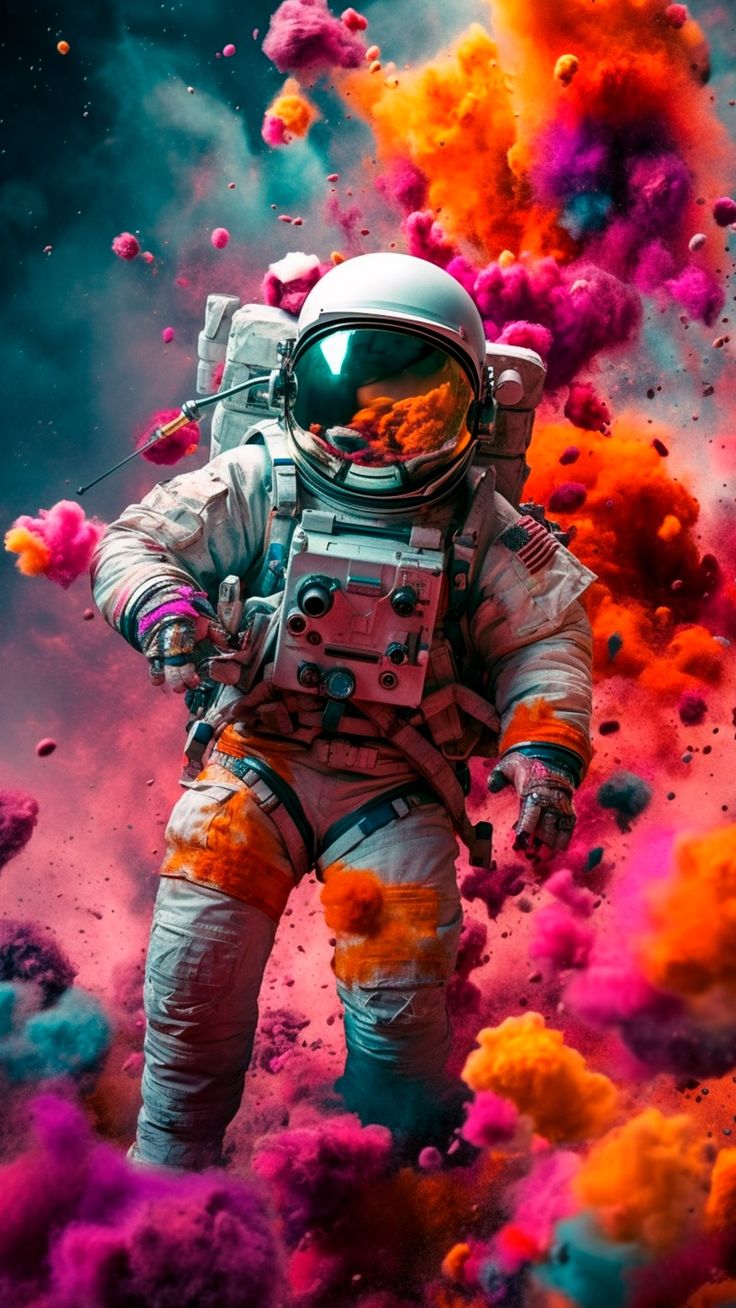Art has always been a reflection of human creativity and expression. With the advent of artificial intelligence (AI), a new chapter in the world of art is unfolding. The emergence of artists is redefining the boundaries of creativity, challenging our perceptions, and inviting us to explore the synergy between human imagination and machine intelligence.
Art has always been an arena where imagination and innovation converge. The rise of artists represents a transformative shift in the art landscape, posing intriguing questions about the essence of creativity and the role of technology.
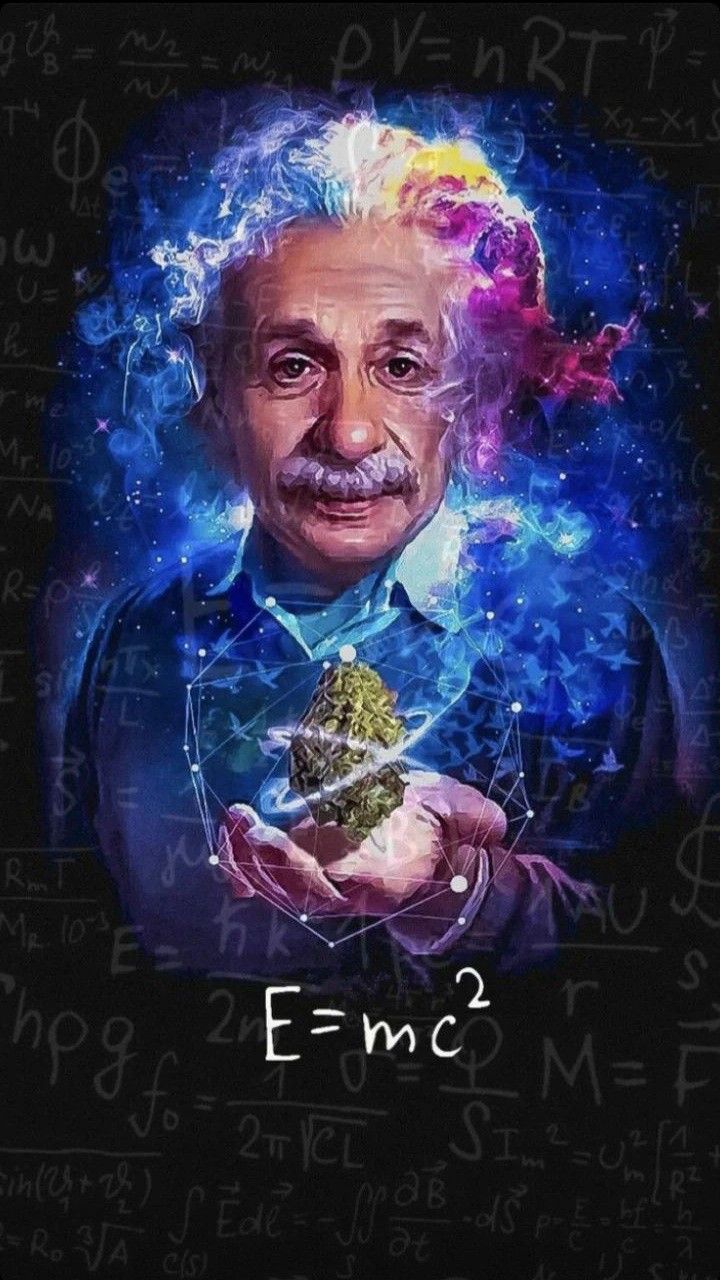
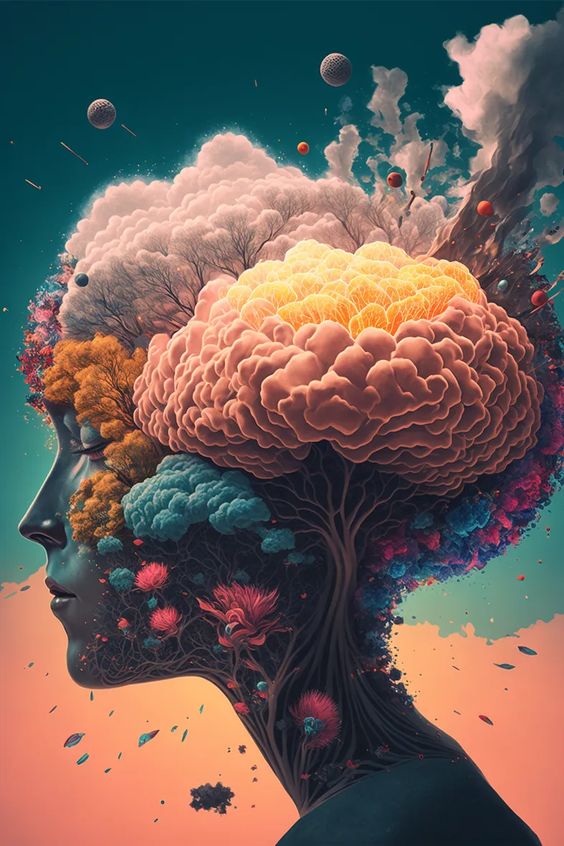
Contents
- 1 2. Understanding AI Artists
- 2 3. The Evolution of AI in Art
- 3 4. How AI Artists Create
- 4 5. Breaking Barriers of Traditional Art
- 5 6. The Collaborative Dance of Human-AI Art
- 6 7. AI Art in Various Mediums
- 7 8. Impacts on the Art Industry
- 8 9. Challenges and Ethical Considerations
- 9 10. Exploring the Boundaries of Creativity
- 10 11. The Future of AI Artists
- 11 12. Conclusion
2. Understanding AI Artists
artists are algorithms and machines capable of generating art that encompasses various styles, genres, and forms. These creations can include paintings, music, poetry, and even sculptures, blurring the lines between human-made and machine-made.
3. The Evolution of AI in Art
The journey of in art traces back to early computer-generated art experiments. Over the years, advancements in machine learning and neural networks have enabled to analyze and replicate intricate artistic techniques.
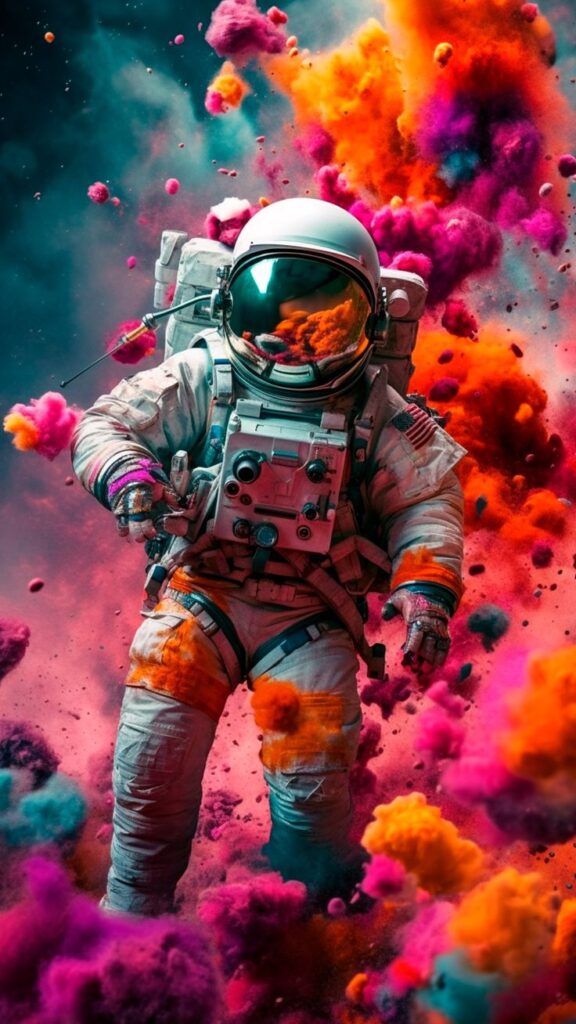
4. How AI Artists Create
artists learn from vast datasets of existing art and then generate new pieces based on learned patterns. They can mimic specific artists’ styles or fuse multiple styles to produce something entirely unique.
5. Breaking Barriers of Traditional Art
artists challenge the traditional definitions of authorship and originality. They question whether creativity is exclusive to human consciousness.
6. The Collaborative Dance of Human-AI Art
Many artists are embracing as a collaborative partner. They input initial concepts, and algorithms offer suggestions, leading to a dynamic exchange between human intuition and capabilities.
7. AI Art in Various Mediums
artistic reach extends to different mediums. From visual arts to music composition, artists experiment with diverse forms of expression.
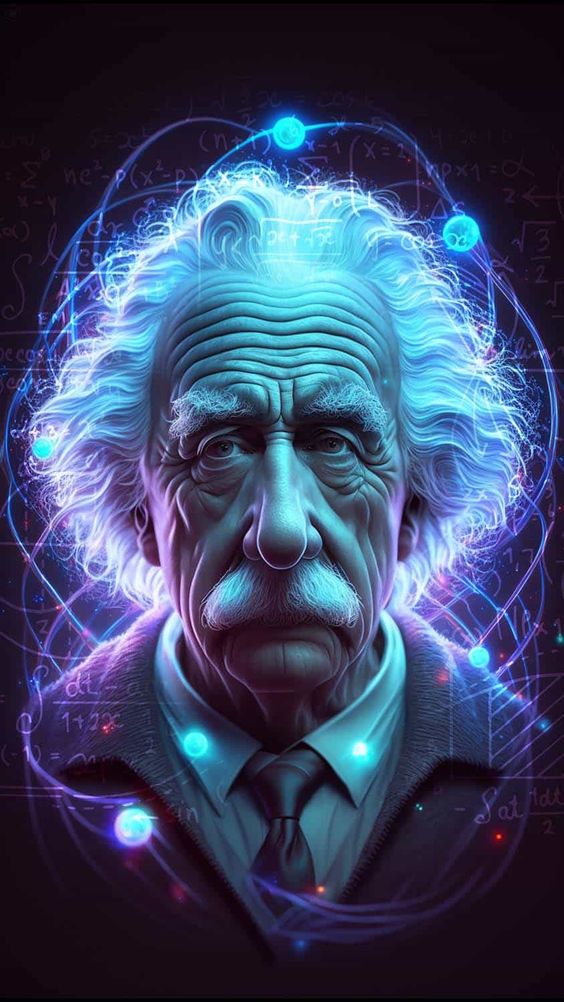
8. Impacts on the Art Industry
art is influencing art curation, investment, and consumption. Galleries and collectors are embracing these creations, adding a new dimension to the art market.
9. Challenges and Ethical Considerations
The rise of AI artists raises questions about copyright, authenticity, and the potential loss of human craftsmanship. Ethical concerns also arise regarding the recognition of AI-generated art as legitimate creations.
10. Exploring the Boundaries of Creativity
artists push boundaries, allowing us to explore unconventional ideas and styles that might not have been conceivable without machine intelligence.
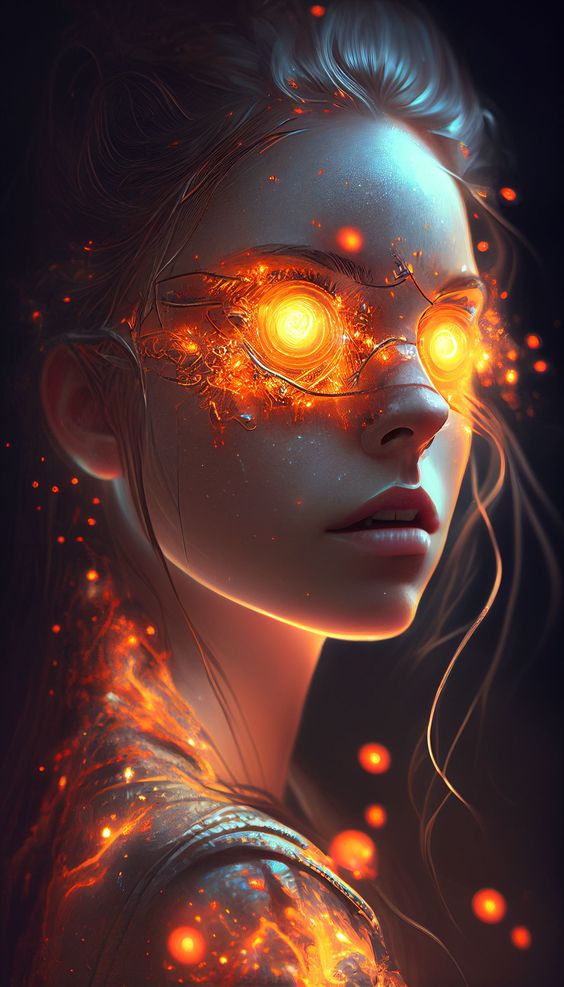
11. The Future of AI Artists
The future promises further advancements, potentially leading to artists collaborating on projects with human artists, enriching our artistic landscape.
12. Conclusion
artists are igniting a profound dialogue about the nature of creativity, the role of technology, and the essence of art itself. By collaborating with algorithms, they blur the boundaries between human intent and machine generation, prompting us to reconsider what it means to create. It challenges the notion of the solitary artist, suggesting creativity emerges from interplay between human insight and algorithms.
As -generated works gain recognition in galleries and online communities, viewers confront questions about authorship, originality, and artistic value. Is the human merely a curator guiding a black-box algorithm, or is the machine an extension of the artist’s imagination? Such inquiries force us to redefine creativity not as an exclusively human trait but as a shared endeavor in which technology amplifies our expression.
art also underscores the fluidity of aesthetics. Algorithms trained on diverse datasets recombine styles, forms, and ideas, producing hybrids that challenge traditional classifications. This encourages artists and audiences to embrace experimentation.
Ultimately, artists invite us to expand our definition of creativity, embracing a future where human and artificial intelligence collaborate. Through this partnership, art becomes a testament to our evolving relationship with technology and our collective capacity to envision new possibilities.

